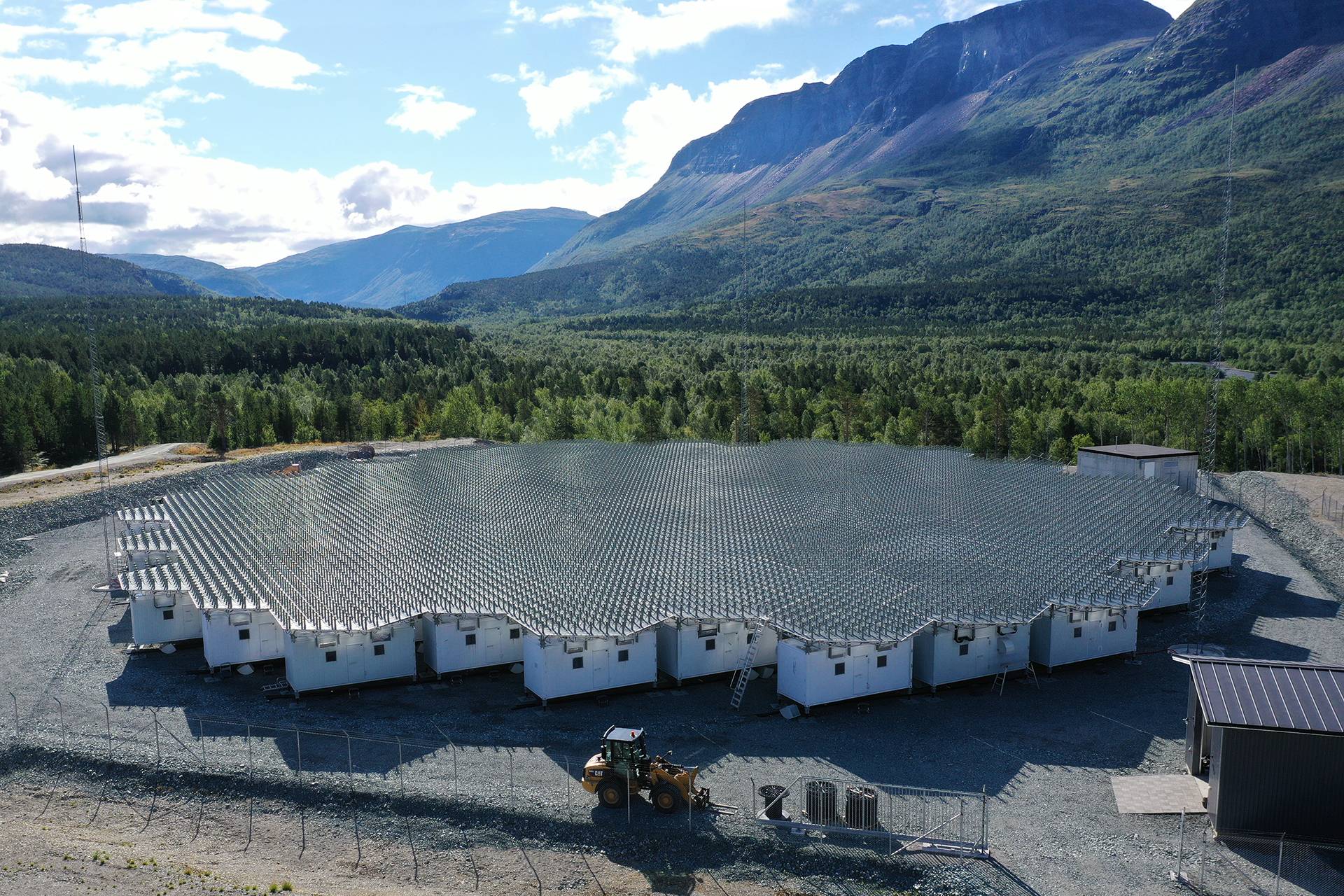Experiments at EISCAT
An overview of the experiments currently run at EISCAT are explained in a document available from here. At this page you find links to older information on the experiments as well as avaliable radar scan patterns.
The plot shows the range extent for the CP experiments used at different radars. The “radar efficiency” is a measure of how much of the power of the radar is used at different ranges, 1 being that the maximum RF duty cycle is used. There are other parameters as well which are important for an experiment, such as range, time and spectral resolution.
As a help to quickly see what a particular experiment can do, reference tables are found here:
The beata experiment at UHF and VHF, for E- and F-regions.
The bella experiment at UHF and VHF, for longer ranges.
The folke experiment at ESR, for versatile observations in the E- and F-regions using both the 32m and the 42m antenna.
The ipy experiment at ESR, for E- and F-regions.
The manda experiment at UHF, VHF and ESR, for D- and E-regions.
The othia experiment at VHF and ESR, for very long ranges.
The tyko experiment at ESR, for longer ranges.
For the more advanced user, there are possibilities for them to make new data handling/DSP routines themselves. These can be loaded on demand from the decodump process. A short example and discussion can be found here.
In addition to the above experiments we have some information about some older examples:
For the tau1 experiment for UHF with remotes and for VHF, single or split beam configuration.
The tau2_pl experiment for UHF and remotes with plasma line capabilities.
The arc_dlayer experiment for UHF and VHF, D layer experiment with some E region information.
The arc1 experiment for UHF and remotes, with good time resolution (~0.44 s).
Eight old experiments (cp1l, dlayer-v, arc1, arc_dlayer, meteor, arc_slice, tau1 and steffe) are discussed in a greater detail, which can be found here: annotated experiments.





